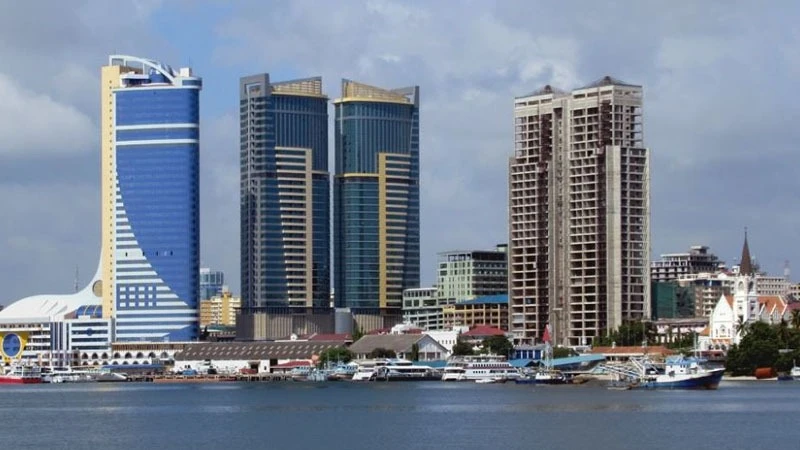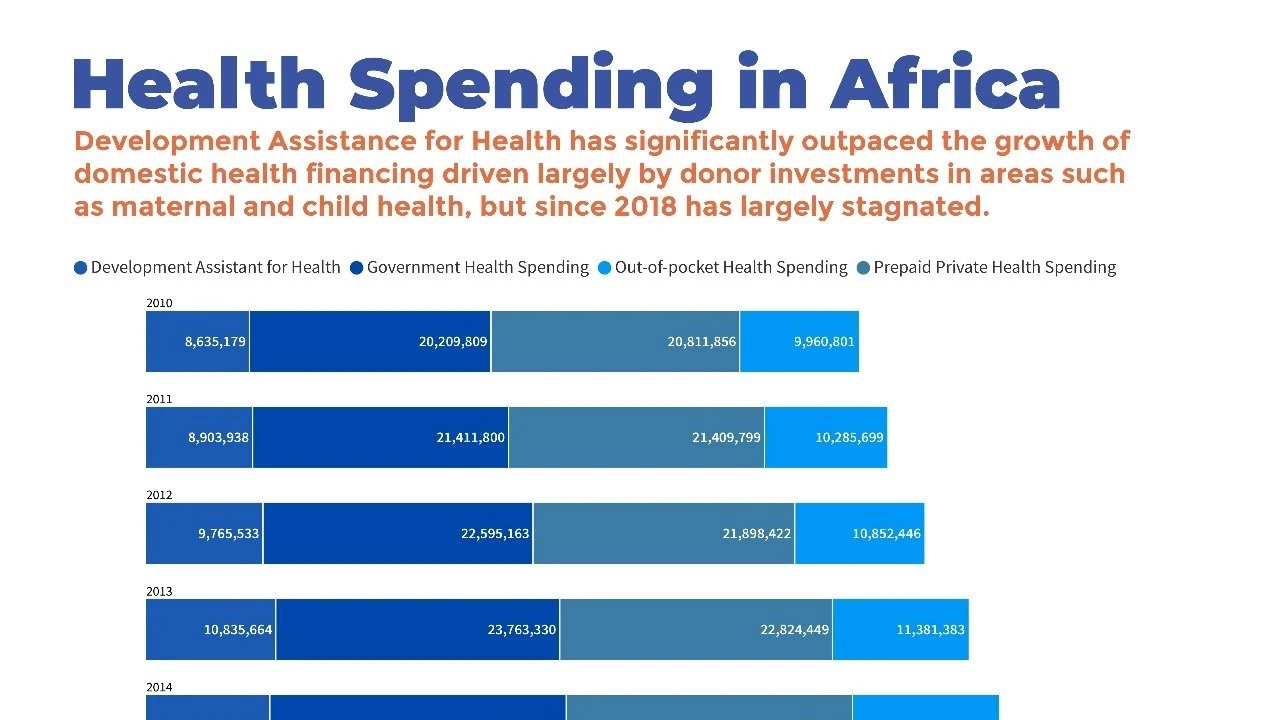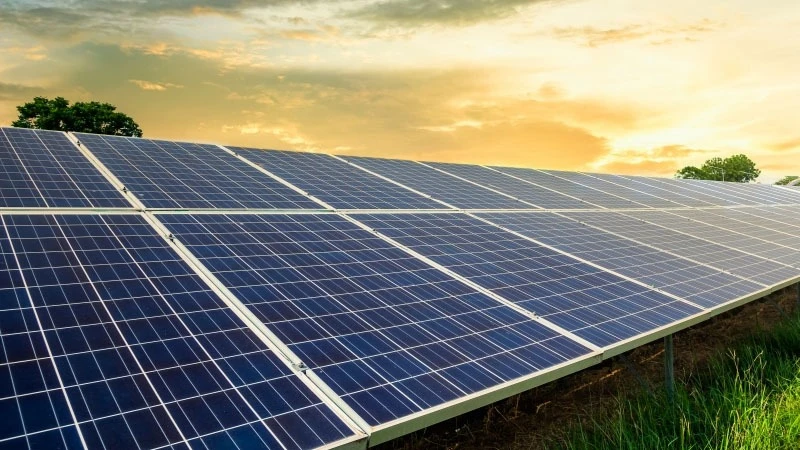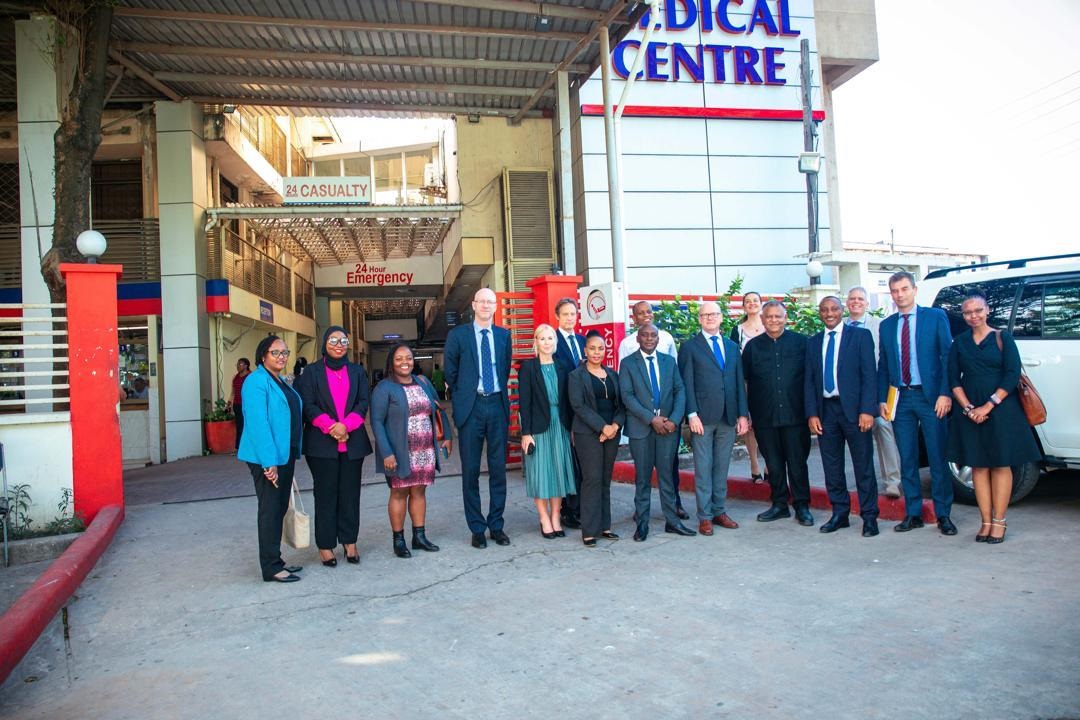Tanzania’s economy size reaches 149trn/- in 2023

The size of the Tanzanian economy at 2015 constant market price amounted to 149trn/- last year, an increase of nearly 8trn/- compared to 141.8trn/- in 2022, Bank of Tanzania (BoT) quarterly statistics have shown.
The increase resulted in expansion of all economic activities including agriculture, industry and construction, services and taxes on products.
The size of agriculture activity, which employs the majority of Tanzanians, increased to 35.7trn/- last year, compared to 34.7trn/- in 2022, while size of construction, the second largest slightly went up to 21.7trn/- compared to 21.1trn/- respectively.
The central bank data show that, at 2015 constant prices, the Gross Domestic Product (GDP) grew by an average of 5 percent last year, compared to 4.5 percent in 2022.
Other largest economic activities which recorded the expansionary trends during the reported years were transport and storage, mining and quarrying, financial and insurance services, real estate, trade and repair, public administration and manufacturing.
However, the National Bureau of Statistics (NBS) highlights quarterly GDP reports that show the size of the economy, at current market prices in absolute terms, amounted to 202trn/- last year, compared to 170.3trn/- in 2022.
The tertiary economic activities accounted for the largest share during last year with an average of 40 percent, while secondary and primary activities accounted for 22 and 38 percent respectively, according to NBS quarterly reports.
The expansion of the tertiary sector, which includes services and businesses, indicates progressive economic development of the country as greater income from the secondary sector opens up new opportunities.
In 2022, the share of agriculture in Tanzania's gross domestic product was 24.27 percent, industry contributed approximately 27.7 percent and the services sector contributed about 30.64 percent.
According to the World Bank’s Tanzania economic update, the economy has been resilient; growing by 5.2 percent in 2023, compared to 4.6 percent in 2022, but growth continues to have minimal impact on poverty reduction in part because of high population growth.
“The country’s fundamental challenge remains how to make growth more inclusive and generate more opportunities and better jobs for all Tanzanians,” said the World Bank.
Tanzania is currently ranked by the International Monetary Fund (IMF) as the tenth largest economy in Africa, behind South Africa, Nigeria, Egypt, Algeria, Ethiopia, Morocco, Kenya, Angola and Cote D’Ivoire.
The Washington-based institution projects that South Africa, Africa’s most industrialised country, will become Africa’s biggest economy with a GDP of $373 billion–a position the IMF expects it to retain until 2027.
Egypt, which held the top position in 2023, is expected to drop to second place behind South Africa, primarily due to a series of currency devaluations.
Nigeria, once dubbed Africa's largest economy, is set to relinquish its crown and slide to fourth place this year for similar reasons.
According to the IMF, South Africa, Egypt, Algeria, and Nigeria will remain the top four economies in Africa until 2030.
Top Headlines
© 2024 IPPMEDIA.COM. ALL RIGHTS RESERVED

























